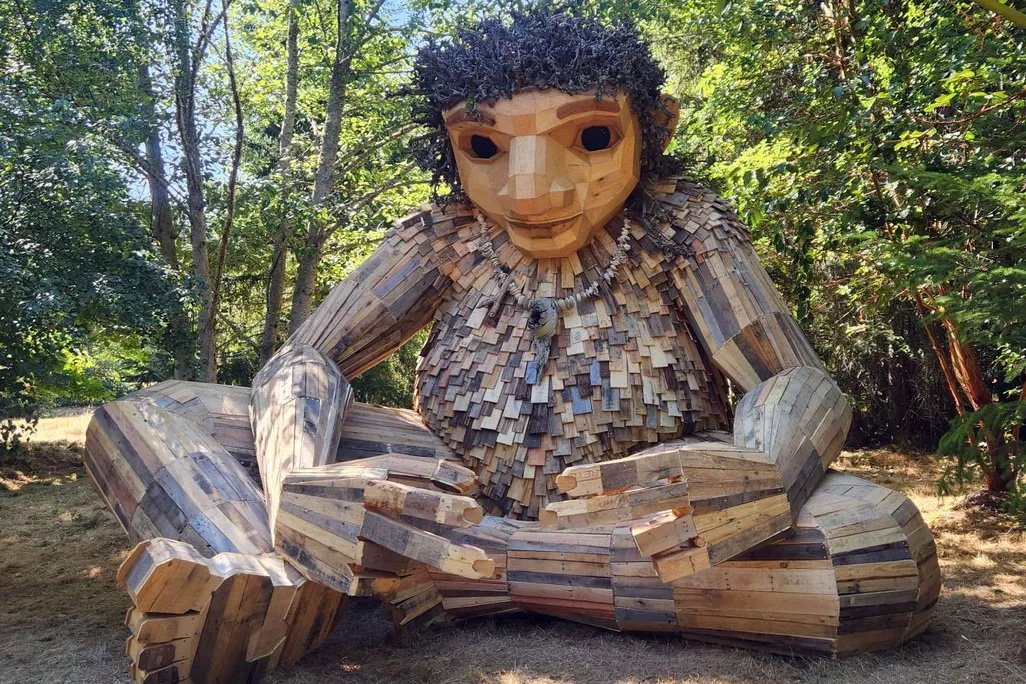Where The Wild Things Are
Photo by Louise Conner in ecodisciple.com
Where The Wild Things Are
by Sweiskloss
May 15, 2025
by Sweiskloss
May 15, 2025
Photo courtesy of thomasdambo.com
Photo by Allison Tourville, Smithsonian Magazine
Photo courtesy of Abeer Sweis
Photo courtesy of dearliza.blog
Photo courtesy of seattleschild.com
Photo courtesy of visitsyv.com








